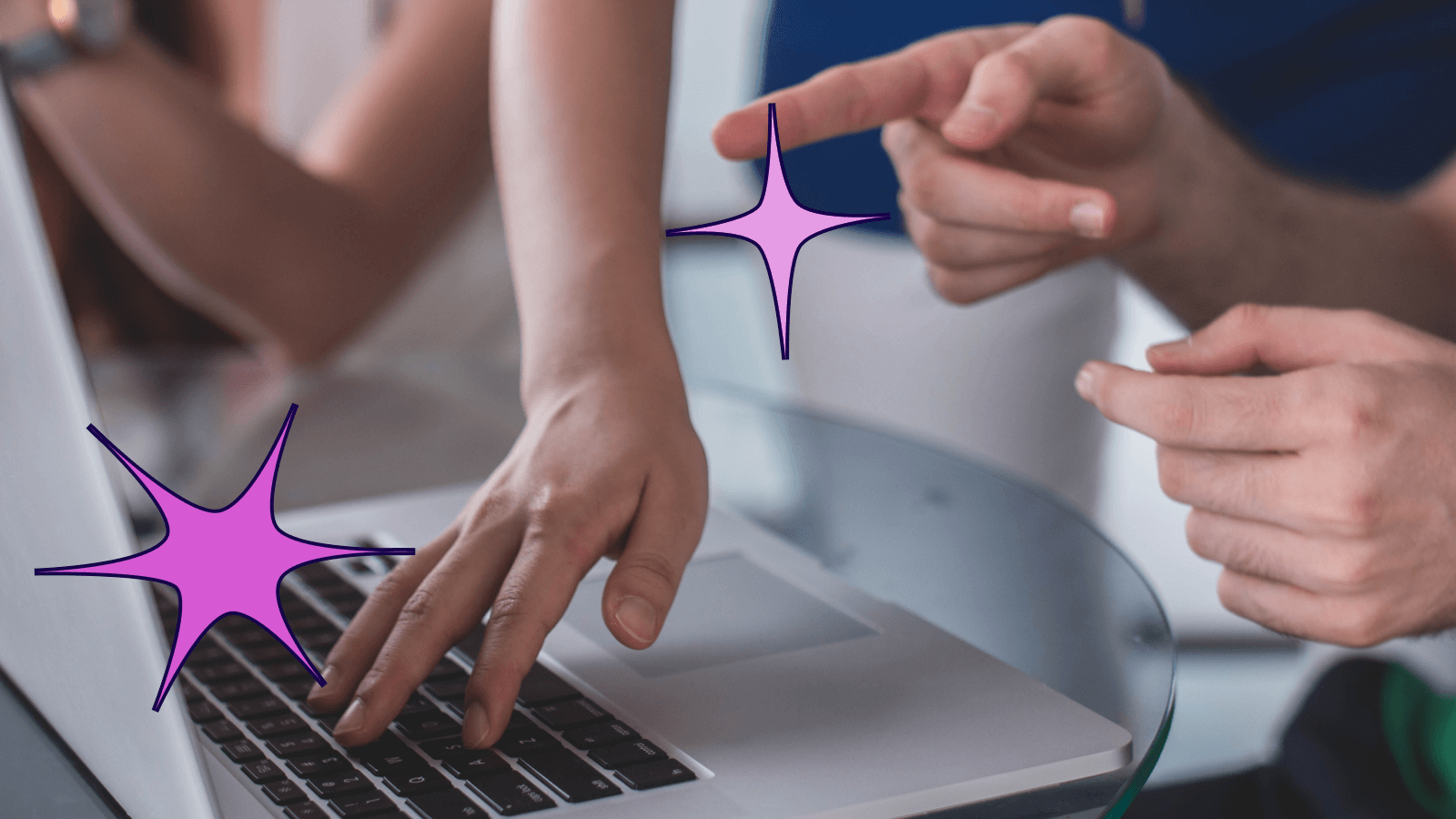In smaller organizations, the product manager and UX designer are often combined into a single role responsible for designing and building products that create the best possible experience for users. As teams grow, the two split into more specialized roles, each with its own area of expertise.
Where product managers are responsible for the overall success of a product or feature, UX designers are responsible for the success of the product or feature’s design, also referred to as the usability. PMs think about a product’s requirements and prioritizes certain features, and UX designers decide the product layout and how it will function from the user’s perspective. They are still after the same goal (to create the best user experience), but go about it in different ways.
That being said, product managers and UX designers do share some responsibilities: they both talk to customers, try to find the “why” behind a product decision, test and iterate on ideas, and negotiate requirements.
These overlaps can sometimes blur the line between the two roles, leading to confusion or even an unspoken power struggle. Design winces when a PM sketches a UI idea. Product managers roll their eyes when a designer outlines an MVP spec. In reality, working together and sharing some of these responsibilities will lead to a stronger and more successful product and team.
Success comes from collaboration
I’ve been designing software for over a decade now and have worked in many organizations–big and small, agile and waterfall, functional and not-so-much. I’ve also worked with many different types of designers and product managers, and one thing always remains true: the most successful relationships between the two roles are true partnerships.
When product and design share duties, their impact is multiplied (not to mention both parties are happier). And this collaboration doesn’t have to (and shouldn’t) be a battle for control. The definition of design is to “plan and make decisions about something that is being built or created.” That accurately describes the role of both product and design.
3 steps to working together effectively
No two product-design relationships will be the same. Every individual has different skills, ambitions, and communication styles, and every project will have different requirements, team cultures, and context. Both the PM and the designer have to adapt and make incremental improvements, but there are few ways to ensure a more successful partnership:
1. Foster a dialogue
A key first step is to start a dialogue between PMs and UX designers to acknowledge the overlap in the two roles. People on each team may be feeling pain points internally, but haven’t spoken up or even realized what the issue was. The simple act of acknowledging that the two roles might be getting in each other’s way will help set the foundation for a more collaborative and effective relationship.
2. Map out the overlap
Next, the two teams should try to better understand where the roles overlap. You can create a Venn diagram or simply list the typical responsibilities for each role and see if there are any common threads, either on a per project basis or in more general terms. This will help both roles visualize who’s responsible for what, and where the intersection (and opportunity to work together) occurs.
3. Establish areas of collaboration
Once you’re able to see where product managers and UX designers share responsibilities, think of this as an opportunity to improve how both roles work. Identify a few areas where PMs and designers will collaborate, whether it is at certain points in the product development life cycle or for certain features of the product.




